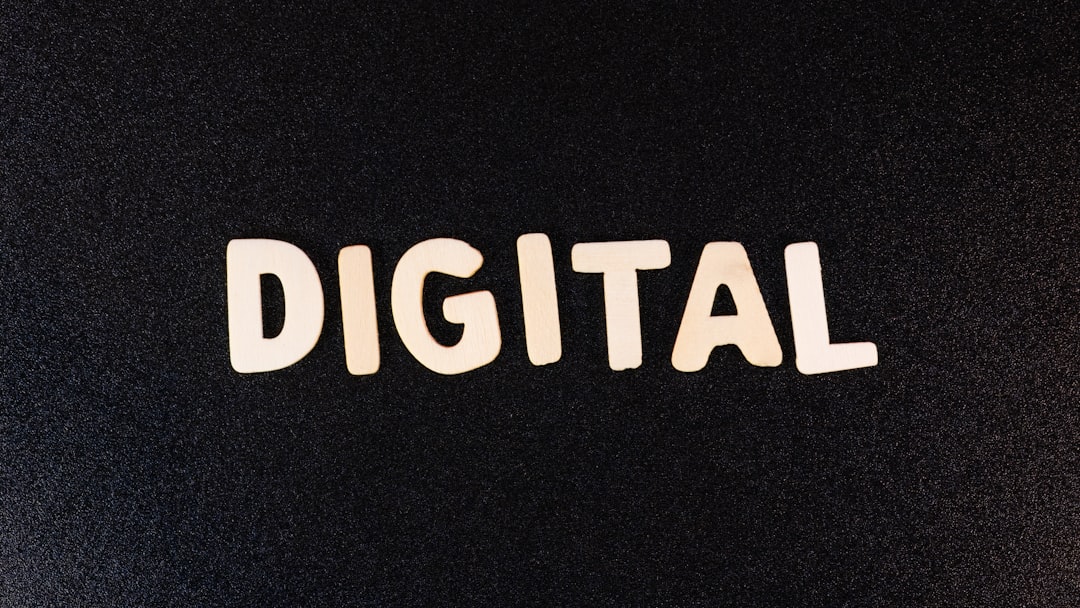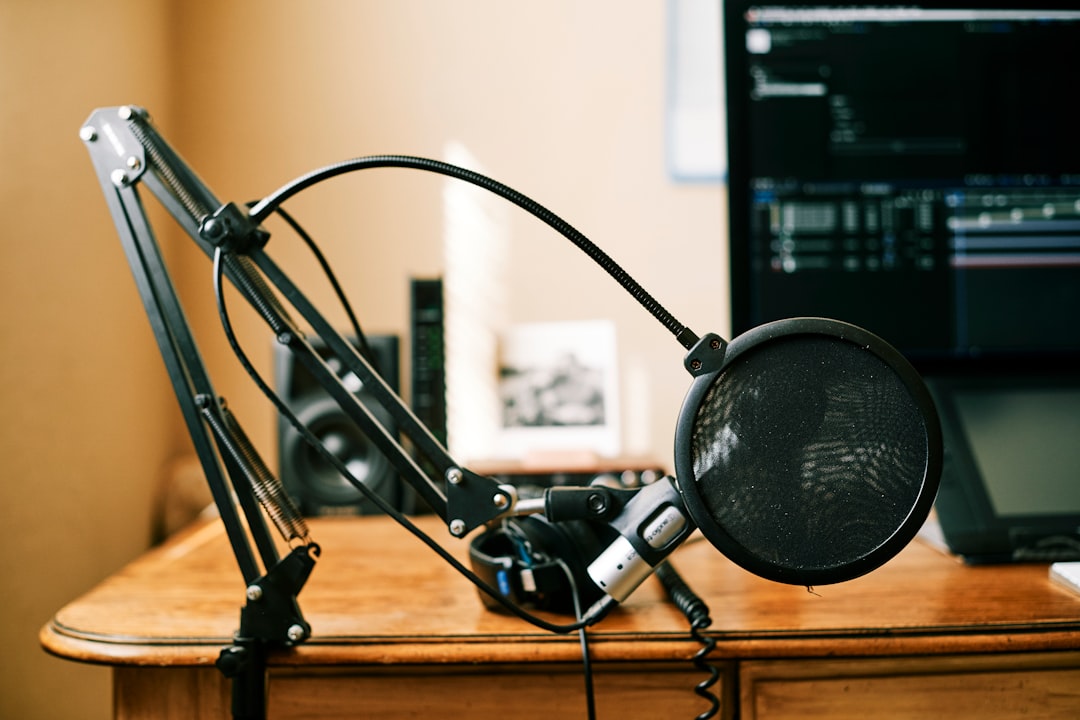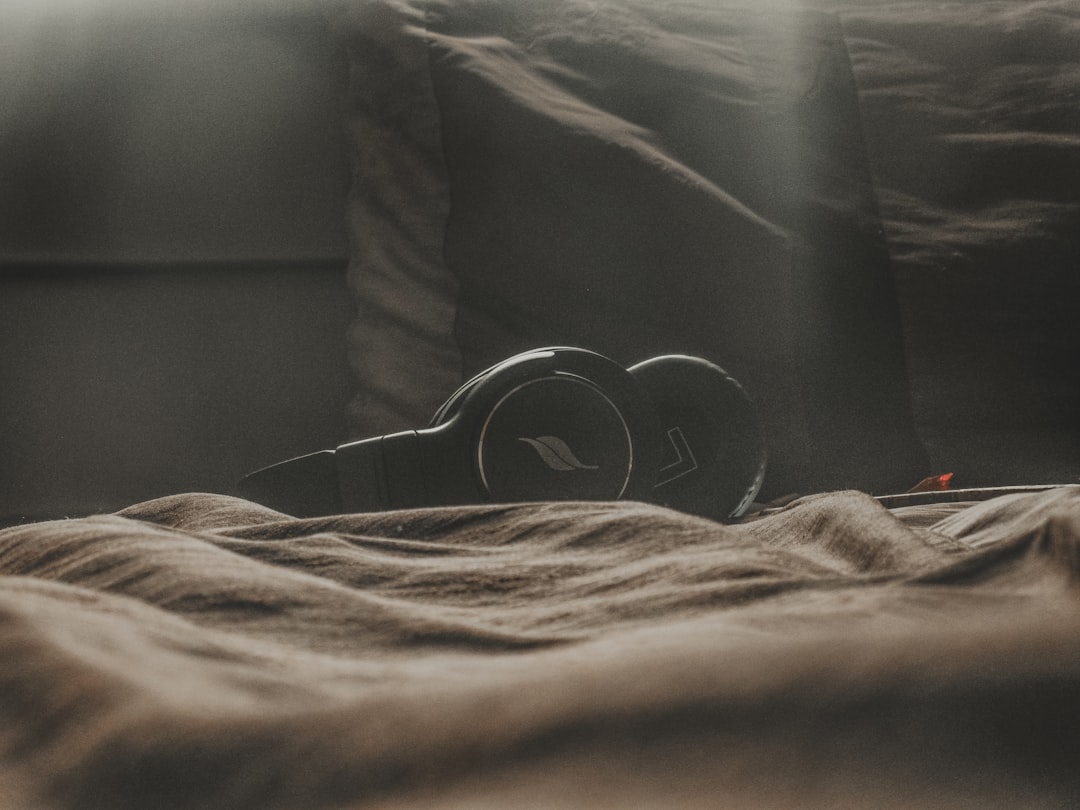My Guide to the History of Radio (and How Podcasts Changed Everything).
My Guide to the History of Radio (and How Podcasts Changed Everything)
Imagine a world where news traveled only as fast as a printing press could run or a horse could gallop. Then, imagine a voice, whispering from thin air, carrying stories, music, and vital information across vast distances, instantly. This was the magic of radio, a technology that didn’t just entertain; it fundamentally reshaped human connection and communication. As someone who’s always been captivated by the power of sound, I’ve watched this evolution unfold, from crackling static to crystal-clear digital streams. This guide isn’t just a historical timeline; it’s a journey through how a revolutionary invention laid the groundwork for an even newer phenomenon: podcasts, which didn’t just change radio, but truly changed everything about how we consume audio.
The Invisible Threads: How Early Radio Wove the World Together
The story of radio begins not with entertainment, but with communication. In the late 19th and early 20th centuries, brilliant minds like Guglielmo Marconi and Nikola Tesla raced to harness electromagnetic waves. Marconi, often credited as the “father of radio,” successfully sent wireless telegraph signals across the Atlantic in 1901, proving that information could travel without wires. This wasn’t about music or talk shows yet; it was about telegraphy – dots and dashes saving lives at sea and speeding up global commerce.
From Morse Code to the Human Voice: The Dawn of Broadcasting
It wasn’t long, however, before pioneers realized the potential for transmitting actual sound. Reginald Fessenden made one of the first known radio broadcasts of music and speech on Christmas Eve, 1906, astonishing ship operators who heard a human voice and violin music through their headphones. The idea of “broadcasting” – sending a signal out to a wide, undifferentiated audience – was born. Early radio was experimental, often amateur, but its promise was undeniable. Imagine the sheer wonder of hearing a symphony or a news bulletin from miles away, live, in your own home for the very first time!
Radio’s Golden Age: Shaping Culture, News, and National Identity
By the 1920s, radio had exploded. Commercial stations began popping up, and suddenly, the airwaves were alive with more than just experimental signals. This era, often called the “Golden Age of Radio,” saw the medium transform into a primary source of news, entertainment, and cultural cohesion. Families would gather around their imposing radio sets, listening intently to serial dramas, comedy shows, live music, and presidential addresses.
The Power of the Airwaves: Unifying a Nation
Radio became the heartbeat of daily life. It brought the world into people’s living rooms, breaking down geographical barriers and fostering a sense of shared national experience. During critical times, like the Great Depression and World War II, radio provided vital information, reassurance, and a sense of unity through broadcasts like Franklin D. Roosevelt’s “Fireside Chats.” It was a powerful tool for shaping public opinion, delivering emergency alerts, and creating collective memories. Think of the collective gasp when Orson Welles’s “War of the Worlds” broadcast convinced many listeners that an alien invasion was truly underway! This period cemented radio’s place not just as a technology, but as a cultural institution.
The Digital Whisper: When the Internet Challenged Traditional Radio’s Reign
For decades, radio reigned supreme as the king of audio. But as the 20th century drew to a close, a new contender emerged: the internet. Initially, the internet’s impact on radio was subtle. Online streaming of traditional radio stations began, offering listeners a way to tune in from anywhere in the world. However, this was still fundamentally the same “broadcast” model – live, scheduled content delivered by a gatekeeper. The real seismic shift was yet to come.

From Scheduled Broadcasts to On-Demand Choices
The rise of digital audio formats like MP3s and the increasing accessibility of broadband internet started to change listener expectations. People were no longer content to wait for their favorite song or news segment to be played. They wanted control. They wanted choice. While this initially manifested in downloading music or listening to internet radio, it laid the crucial groundwork for a completely different way of consuming spoken-word content. The idea of an “on-demand” audio library, tailored to individual tastes, began to germinate.
The Podcast Tsunami Unfolds: Giving Voice to Everyone, Everywhere
The true revolution in audio arrived with the advent of podcasting. Coined in 2004, a portmanteau of “iPod” and “broadcast,” podcasts leveraged the internet’s infrastructure to deliver audio content directly to listeners’ devices, bypassing traditional broadcast gatekeepers entirely. Suddenly, anyone with a microphone and an idea could create a show and distribute it globally via RSS feeds. This wasn’t just radio on the internet; it was a fundamentally new paradigm.
Democratizing the Airwaves: From Niche Topics to Global Reach
Podcasts shattered the limitations of traditional radio. No longer confined by geographical reach, broadcast schedules, or the need for expensive licenses, creators could explore incredibly niche topics. From deep dives into true crime to detailed discussions on obscure hobbies, from personal storytelling to investigative journalism, podcasts offered an unparalleled breadth of content. Listeners, in turn, could curate their own audio experience, subscribing to shows that perfectly matched their interests and listening whenever and wherever they chose. This shift from passive reception to active selection was transformative.
Reshaping the Soundscape: How Podcasts Rewrote the Rules of Audio
Podcasts didn’t just add another option to the audio landscape; they fundamentally reshaped it. They challenged the very definition of “radio,” pushing it beyond the live, linear broadcast model. The impact has been profound, affecting creators, listeners, and the industry itself.
The Rise of the Independent Audio Creator
Perhaps the most significant change brought by podcasts is the empowerment of the individual creator. Traditional radio required significant capital, technical expertise, and access to a broadcast license. Podcasting, by contrast, lowered the barrier to entry dramatically. A simple microphone, a computer, and an internet connection are often all that’s needed. This led to an explosion of diverse voices, perspectives, and storytelling formats that would never find a home on mainstream radio. It fostered a new generation of audio entrepreneurs and storytellers, creating vibrant communities around shared interests.
Listener Control and the Era of On-Demand Engagement
For listeners, podcasts offered unprecedented control. No more waiting for a specific time slot; content became available on demand. This flexibility integrated audio seamlessly into modern, busy lifestyles – during commutes, workouts, chores, or quiet evenings. The ability to pause, rewind, and fast-forward transformed listening from a passive activity into an active, engaged experience. Furthermore, the intimate nature of spoken-word audio, often delivered directly into headphones, fostered a deep connection between hosts and listeners, creating a sense of community that traditional radio struggled to replicate.
The Enduring Echo: Radio’s Legacy in the Age of Personalised Audio
While podcasts have undoubtedly carved out a massive new segment of the audio market, traditional radio hasn’t vanished. Instead, it has adapted. Many radio stations now offer their shows as podcasts, embracing the on-demand model. They’ve also focused on what they do best: live, local news, traffic, weather, and community engagement. The competition from podcasts has pushed radio to innovate, to be more responsive to its local audience, and to leverage its unique strengths. The two mediums now often coexist, each serving distinct but sometimes overlapping needs.
The journey from Marconi’s spark gaps to today’s vast podcast libraries is a testament to human ingenuity and our enduring desire to connect through sound. Podcasts didn’t kill radio; they evolved it, expanded it, and reminded us that the human voice, telling a story or sharing an idea, remains one of the most powerful forms of communication.
Frequently Asked Questions About Radio and Podcasts
How did podcasts get their name?
The term “podcast” is a portmanteau of “iPod” (Apple’s popular portable music player at the time) and “broadcast.” It was coined in 2004 to describe the new method of distributing audio content via RSS feeds, allowing listeners to subscribe and automatically download episodes to their devices, often iPods.
What’s the main difference between traditional radio and podcasts?
The primary difference lies in their delivery and consumption model. Traditional radio is typically a live, linear broadcast, scheduled by a station, with listeners tuning in at a specific time. Podcasts are on-demand audio files, accessible anytime, anywhere, allowing listeners to choose what they want to hear and when they want to hear it, often via subscription through RSS feeds




Post Comment